Taking Your Yoga Practice to the Next Level: Prop-use!
- Ann-Sophie Briest (MD, C-IAYT)

- Mar 14, 2022
- 3 min read
Updated: May 19, 2022
Prob-use does indeed enrich the experience of ‘everyBODY’. No matter the level of your flexibility or strength, your age or yoga experience, including props into your yoga practice has numerous advantages. In this article I’d like to offer a fresh perspective on the subject. Yes, props may be a useful aid when the original yoga posture cannot be performed but there is much more to discover. It is empowering and supports your practice on all levels. I have become a convinced advocate and prefer teaching or practising myself with blocks, belts and bolsters…
Let’s start by looking into the different ways or goals in which props can be used during the yoga practise. You will be surprised about the versatility!
1. PERSONALISED ALIGNMENT: as every body is different some people benefit a lot from using props to come into the correct alignment in a pose and hence being able to do for them otherwise impossible poses.
Props help to overcome restrictions
'Sthira sukham asanam' - Patanjali teaches us that the asana should be steady & comfortable. Props will thus support us to reach 'yoga' (= union)
Individualised alignment - find your place of flexibility and grow from there
The closer you get to 'your perfect asana' the more harmonious will be the energy flow. In contrast, a wrong or forceful body posture may not only create tensions but also block the energy flow instead.
Props bring safety into postures and help to acknowledge current injuries, while avoiding any new ones due to unnecessary strain
Comfort does not mean no tension, it means 'healthy tension'*
EXAMPLES:
2. RESTORATION & RELEASE: enabling us to stay in poses longer, so the body can relax and release tension (physically & emotionally)
Deeply and fully relaxing - here you can actually let go of all tension (restore so you can build up a 'healthy tension'* again)
Allowing deep fascial release to take place. Learn about the importance of fascia here.
EXAMPLES:
3. FEEDBACK and ACTIVE ENGAGEMENT: supporting the mind to more easily connect with a certain area of the body.
The direct feedback of a prop helps us to increase our level of awareness.
The prop helps to prevent us from 'collapsing' into a pose or 'leaning into our joints'
A smartly placed prop can bring the need to activate muscles, supporting balance and strength
EXAMPLES:
As I keep exploring new ways of incorporating props in my practice and classes I'm curious to hear what your experiences are! How do YOU use props?
One study which continues to impact me is the '2016 Yoga in America Study' (The full 80+ page report is available here.)

Why? Well, it deeply motivates me to continue learning and sharing the yoga therapy teachings. This study clearly indicates that the importance of in-depth therapeutic understanding of the yogic techniques is more and more required in today's yoga world!
In 2016 around 38% of the US practitioners were 50+ years old
Around 50% of all current yoga practitioners are beginners
Only those two selected stats from the study show me the relevance of therapeutically trained yoga teachers to ensure a safe and profound yoga experience to all seekers. Using props skilfully is only one why to guide your students or deepen your own practice. But it is a powerful one to start with!
Wishing you all the best,
Ann-Sophie
*'healthy tension' is a fundamental concept of performing yogic postures. It is taught intensely in our continued education courses. Make sure to check out our website for the latest dates of the one-campus and online courses.
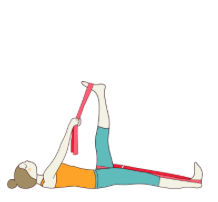
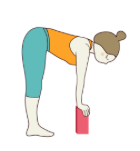
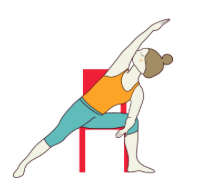
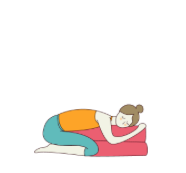
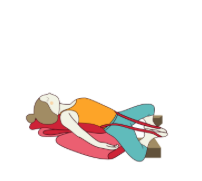

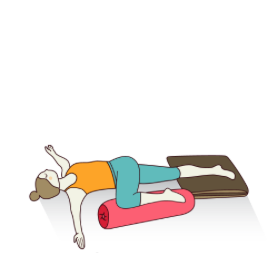
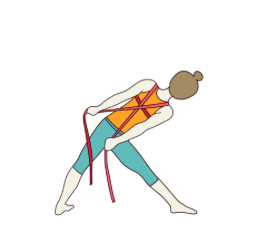
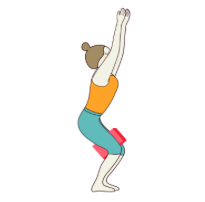

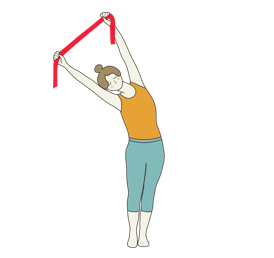



Comments